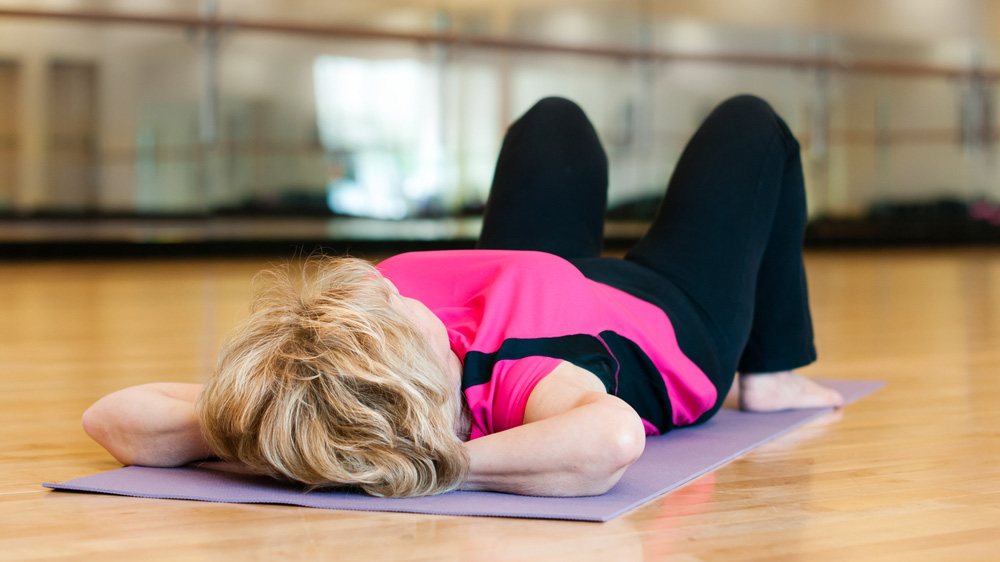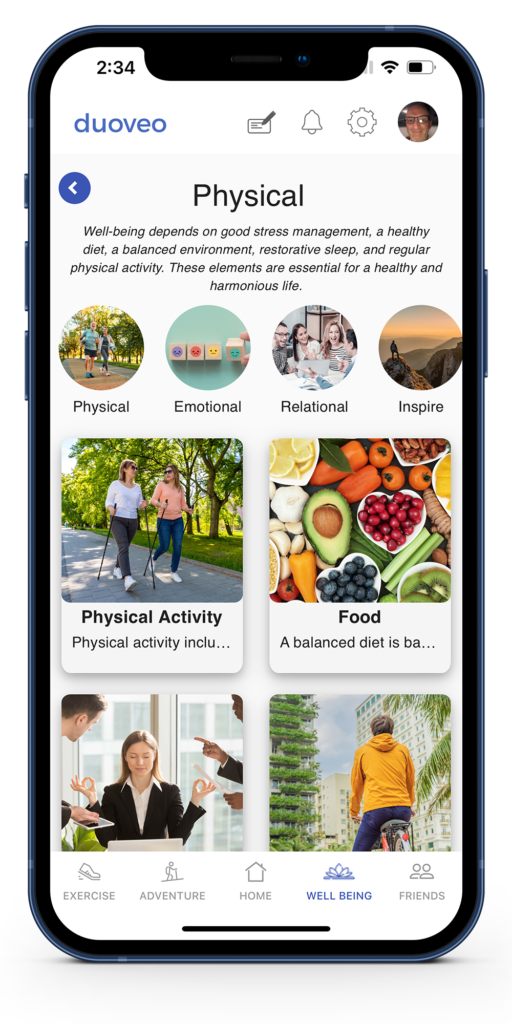Welcome to the world of yoga for health, where every pose invites you to let go and every breath brings you back to yourself. Far beyond exotic contortions, yoga is an ancient practice that seamlessly blends relaxation and recovery. Whether you’re a beginner or an experienced yogi, allow yourself to be swept away by this dance of body and mind that not only soothes but also revitalizes.
Yoga: More Than Just Physical Activity
Yoga is more than just a physical exercise—it’s a philosophy that unites the body, mind, and soul. With roots dating back over 5,000 years in India, yoga was initially practiced as a path to spiritual enlightenment. Today, while many turn to yoga for its physical benefits, its impact on mental and emotional well-being is just as significant.
Often described as “moving meditation,” yoga for health combines flexibility, strength, and balance. Each posture, or asana, not only works the body but also invites deep introspection, fostering self-awareness and a deeper connection with your body. This is the magic of yoga: it’s a gateway to deep relaxation and optimal recovery.
Relaxation: The Art of Letting Go
In today’s fast-paced world, stress is a common struggle. Between work, family, and social obligations, our minds are constantly racing. Yoga for health offers a natural antidote to this modern-day ailment through its poses and breathing techniques.
Regular yoga practice significantly reduces cortisol levels—the stress hormone—in your body. Deep breathing techniques, like Ujjayi breathing, calm the nervous system and promote inner peace. Studies show that yoga can alleviate symptoms of anxiety and depression by activating the parasympathetic nervous system, which triggers the body’s relaxation response.
Picture yourself in Savasana, the corpse pose, after a challenging yoga session. You lie down, close your eyes, and let your body melt into the ground. Every muscle relaxes, every tension fades away. You don’t need to do anything—just be. This state of complete relaxation is when your body regenerates and heals.
Physical Recovery: A Moving Yet Restful Body
After a long day at work or an intense workout, your body deserves care and recovery. Yoga for health is the perfect ally for this. Its gentle stretches not only relieve muscle tension but also promote physical recovery.
Dynamic yoga stretches improve blood circulation, helping to oxygenate your muscles and flush out toxins. Forward bends, like Paschimottanasana (Seated Forward Bend), stretch your hamstrings and decompress your spine, while twisting poses, such as Ardha Matsyendrasana (Half Lord of the Fishes Pose), massage your internal organs and aid digestion.
Beyond easing muscle tension, yoga helps prevent injuries by improving flexibility and range of motion. Standing poses, like Virabhadrasana (Warrior Pose), strengthen your legs and ankles while enhancing overall stability. With regular practice, you’ll not only gain flexibility but also build strength and endurance.
A Calm Mind for a Fit Body
The beauty of yoga lies in its ability to harmonize the body and mind. Stress often leads to tense muscles and shallow breathing, but yoga for health integrates mindful breathing (pranayama) to break this vicious cycle. By learning to breathe deeply and consciously, you oxygenate your body better, reduce muscle tension, and promote deep relaxation.
Yoga Nidra, also known as “yogic sleep,” is a guided meditation practice that allows you to achieve deep relaxation while remaining fully conscious. During a Yoga Nidra session, you lie still on your back as a voice guides you through various stages of relaxation. This unique state between wakefulness and sleep allows your body to rest completely while awakening your mind to new clarity.
One of the secrets to yoga’s effectiveness as a relaxation tool is its ability to anchor you in the present moment. By focusing on your breath and the sensations in your body, you break free from worries about the past or anxiety about the future. Yoga is an invitation to live fully in the now, and this mindfulness is a key ingredient in well-being.
Yoga as a Complement to Other Physical Activities
If you’re an athlete—whether you run, swim, or lift weights—yoga for health can complement your training. By working on both strength and flexibility, yoga helps balance out the muscle imbalances often caused by repetitive or unilateral sports.
For example, runners frequently experience tightness in their legs, especially in the calves and hamstrings. Yoga poses like Adho Mukha Svanasana (Downward Dog) help stretch these muscles, preventing injury and improving performance. Similarly, swimmers, who heavily rely on their shoulders, benefit from chest-opening poses like Ustrasana (Camel Pose) to relax and strengthen their shoulder muscles.
Incorporating yoga into your recovery routine gives your body much-needed rest while optimizing your performance in other physical activities. Moreover, yoga enhances your mental focus and discipline, qualities that lead to better effort management and more effective recovery.
Yoga for Everyone: A Practice That’s Accessible
One of the greatest advantages of yoga is its accessibility. Whether you’re young or old, fit or just starting, yoga offers modifications for every pose, allowing everyone to progress at their own pace.
For beginners, gentler styles like Hatha Yoga or Yin Yoga focus on simple poses and deep work on breathing and relaxation. For those seeking a more physical challenge, dynamic styles such as Vinyasa or Ashtanga Yoga offer a more intense practice where poses flow fluidly and rhythmically.
Yoga is also a practice you can do anywhere—at home, outdoors, in a studio, alone, or with a group. It requires no fancy equipment, just a mat and a bit of motivation. This flexibility makes it an ideal way to incorporate moments of relaxation and recovery into your daily routine, no matter how busy your schedule is.
Conclusion: An Invitation to Experience
Yoga is more than just a series of poses. It’s an invitation to explore your body and mind, to discover new sensations, and to reconnect with yourself. By blending relaxation with recovery, yoga for health offers a holistic approach to wellness, where every breath is a source of energy and every movement brings you closer to inner balance.
So, whether you’re looking to unwind after a stressful day, improve your flexibility and strength, or simply give yourself a moment of peace, yoga has something to offer. Why not roll out your mat and let the magic unfold?
References:
- Harvard Health Publishing – Yoga benefits beyond the mat
- Mayo Clinic – Yoga: Fight stress and find serenity
- National Center for Complementary and Integrative Health (NCCIH) – Yoga: What You Need To Know
- American Osteopathic Association – The Benefits of Yoga
- Johns Hopkins Medicine – 9 Benefits of Yoga


